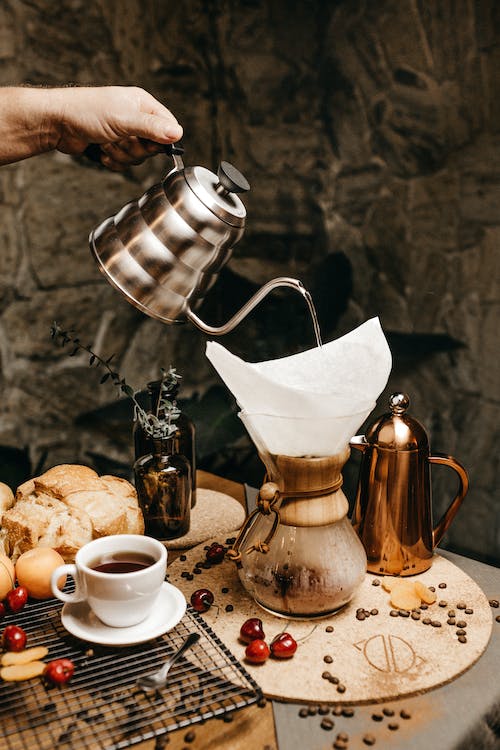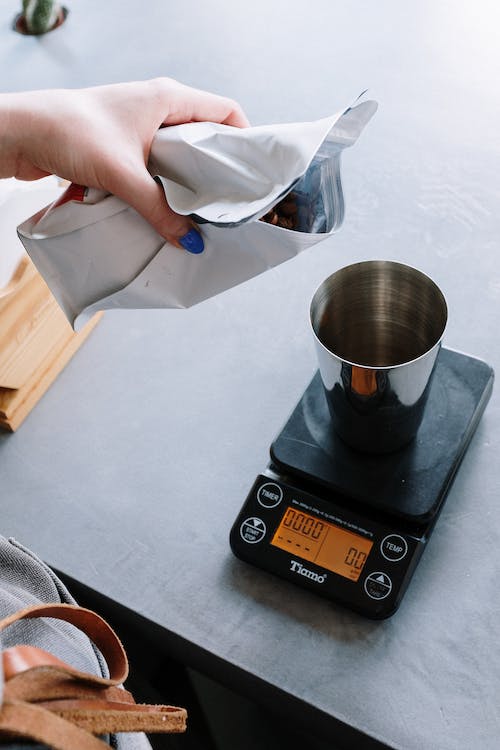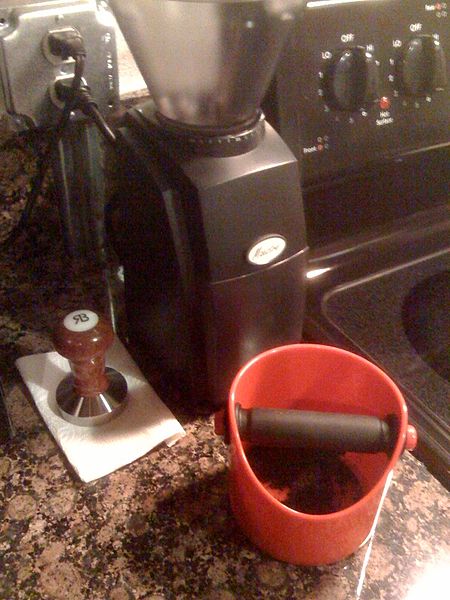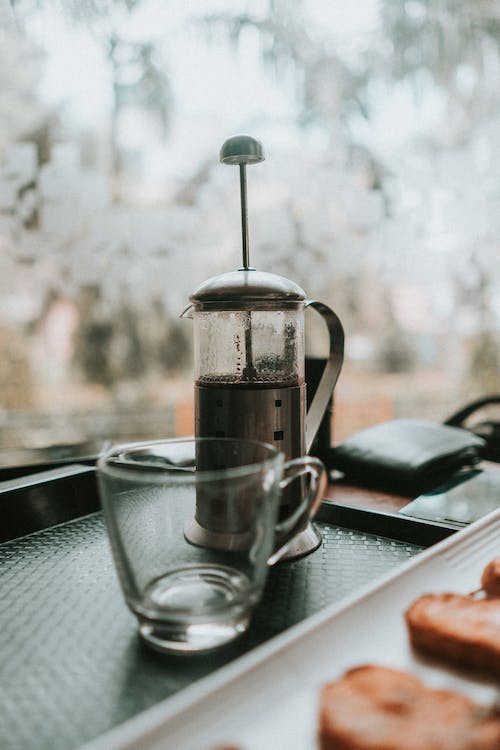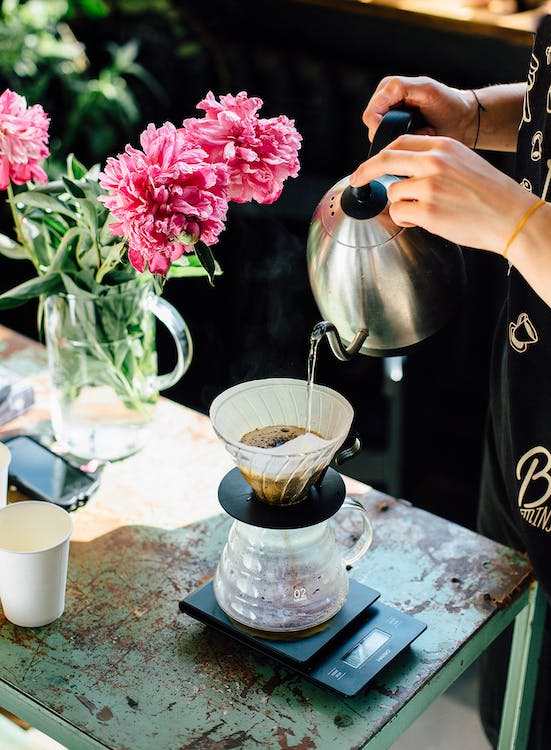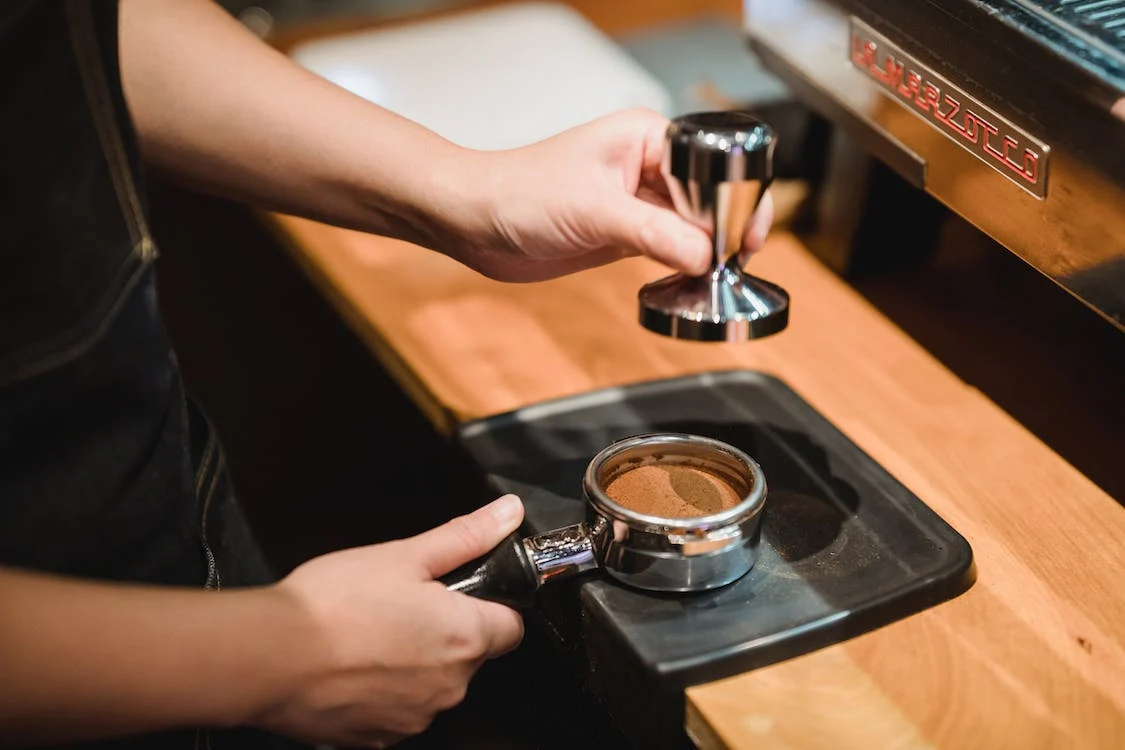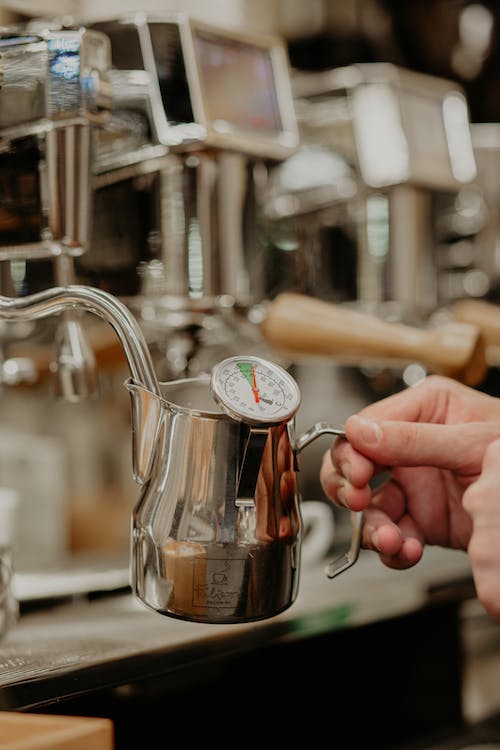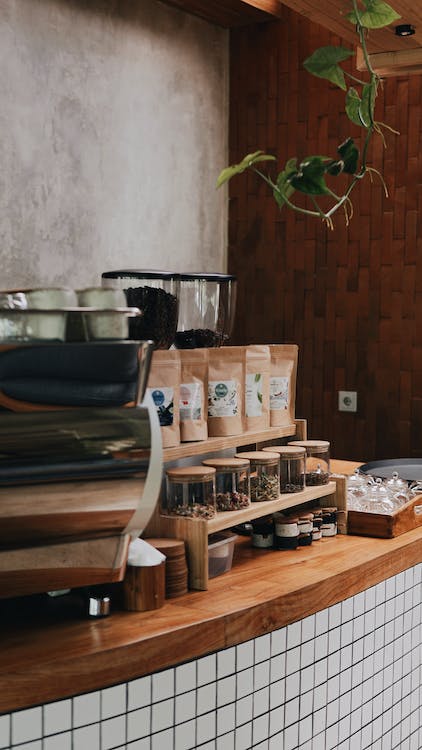The best coffee accessories are must haves if you want to brew the best coffee possible at home. You need a few more home barista equipment since in addition to the coffee beans and the coffee maker you use, the quality of your coffee also depends on the house coffee accessories you have.
A few high-quality home barista equipment can undoubtedly boost the caliber of your brew, whether you want to make the best espresso every morning, set an automated drip for the evening, or make the purest pour over. Here are some must-haves for the best home brew.
Coffee Grinder
The coffee grinder will have the most influence on your brews if you have ground coffee. The molecules that give coffee its distinctive scent and flavor are released shortly before the coffee grinds come into contact with the water during brewing. This increases the amount of those chemicals that are removed by water while decreasing the amount that dissipates into the air.
Even those who don’t often drink coffee will notice the difference since the end result is a cup of coffee that is more fragrant and sophisticated. Burr grinders smash beans between two calibrated burr wheels, as opposed to blade coffee grinders, which cut beans into irregularly sized pieces like a food processor.
Coffee Scale
The only way to dose coffee accurately and consistently is to weigh it using a coffee scale. Accurate dosage is the key to making any decent coffee, whether it be cold brew, espresso, or pour over. Inconsistencies in density, bean size, or grind size cannot be accounted for by volumetric measures. But even with these factors, coffee weight may be determined correctly.
It’s also advantageous if a scale can be used to measure your brew as it extracts and to dose coffee, since this enables you to make sure you have the proper coffee to water ratio. This guarantees a considerably more uniform grind, and a more uniform grind results in a more uniform extraction.
Since espresso is created with only a few grams of coffee, the coffee scale should be able to measure individual grams at low weights. A scale with tenths of grams is perfect.
To fit beneath the portafilter with your cup, a scale that can be used to weigh espresso while shots are being pulled must have a tiny profile.
Coffee Measuring Spoon
As coffee bean density and size vary, weighing it on a scale rather than scooping it will give you a more accurate reading. A coffee measuring spoon, on the other hand, is simpler to use and suitable for the majority of common home brewing techniques.
Contrary to what brewing instructions would suggest, there is no typical size for coffee scoops. If you use various scoops while following the same recipe, your brew ratio will change. It’s not as crucial to find a certain measuring scoop for coffee as it is to use the same one each time you brew. Even a typical tablespoon will suffice. You may grow accustomed to what the ideal coffee to water ratio is with that spoon by consistently using the same scoop.
Knockbox
Toss your used coffee grounds into this designated container. Great for recycling or composting coffee grounds and ideal for use with your brewing handle. Although a coffee knock box may not seem necessary, it makes cleaning up after an espresso shot so much simpler.
You only need to bang the portafilter against the container for the used coffee grinds to drop into it. Once the box is filled, you can empty it. It is fine to scrape coffee grounds into a trash can, particularly with a non-metal object as a spoon could scratch the basket. However, you could become bored with it quickly, and a knock box is more practical and far less dirty.
A smaller knock box works best with the majority of home espresso systems. At home, a larger one is unnecessary, and a smaller one will take up less counter space.
French Press
The French Press is a cylindrical pot with a plunger and an integrated filter screen that presses hot water through ground coffee. Its simplicity is what gives your everyday cup of coffee its earthy, rich flavor.
The French press is a standard and an inexpensive brewer with an international reputation that helps mask a deceptively straightforward method: pour hot water over ground coffee, let it settle, and press. The common brewer is not complex, but in order to properly produce a nice cup of coffee, you must be aware of how it brews and what to watch out for.
To make sure you choose the ideal coffee plunger for your requirements, there are a few factors to bear in mind while buying this traditional model. There are many various materials used to make coffee plungers, and there are some excellent alternatives available.
Drip filter
For those wanting to purchase their first coffee maker or even for those who enjoy a manual pour over brew but wish to automate the process, a drip filter coffee maker is strongly advised.
Drip filter coffee rejects the high-pressure world of espresso for a slower, more deliberate approach, and is possibly the quickest method to prepare several cups of coffee quickly. A lighter, less intense, and frequently more complex cup is the end product.
Tamper
Coffee has to be crushed and flattened after being ground into your brewing handle. If not, the water will move through too quickly. Tampers are available in various sizes and forms. Measure the top of your metal filter basket using a ruler, then subtract around 3 to 4 mm.
Some tampers are precision tampers, which means they are only a few millimeters larger than the conventional size; for example, 58.4 mm as opposed to 58.0 mm. Because of the additional millimeters, the puck’s edges also become crushed, thus side-channeling won’t be an issue.
While home espresso machines range in size from 49 to 63 millimeters, portafilters typically measure 58 millimeters. The size of your coffee tamper and portafilter or basket must match. If the tamper is too big, it won’t fit, and if it’s too little, it won’t equally compress all of the grounds.
To push the espresso grinds into the basket before brewing, baristas need to use coffee tampers. You should have a decent puck of grinds to brew if you press down evenly and forcefully.
A good tamper will have a sturdy metal bottom and decorative handles, but you can get by with a less costly one as long as it’s the proper size and isn’t too fragile.
Although they are a common coffee gift for coffee enthusiasts, many home baristas make a better tamper one of their first accessory modifications. There are several models available nowadays, so there is something to suit every preference.
Coffee Tamper Mat
The portafilter may be held in a small container on a coffee tamper mat, which also offers a cushioned, non-slip surface for tamping.
Some are only mats, while others are little storage-equipped boxes.
Although not strictly essential, a mat is useful. However, it can aid in preventing dents, chipping, and scratches on your counter.
Milk Thermometer
A milk thermometer is a useful barista equipment, especially for novices working at home. The steamed milk’s quality will be enhanced.
When milk is heated to 60 °C (140 °F), it naturally becomes sweet; over 75 °C ( 170 °F), it scalds. You can consistently steam to this temperature range with the use of a thermometer. It’s challenging to do if you gauge temperature by how warm the pitcher or milk feels, especially when learning how to froth milk for the first time.
When you are frothing, the fancier thermometers have a clip that connects to the steaming pitcher to assist keep it out of the way. Simply avoid using a meat or candy thermometer because they are too big and won’t be able to capture the temperature quickly enough.
Milk jug
This is a little metal pitcher, and a lot of them have a minor bowl shape to them so you can swirl milk more easily. Pouring latte art will be simpler if it has a small nozzle.
Depending on how much milk you often steam at once, buy a pitcher that can accommodate that amount. If you make one latte at a time, a smaller pitcher is ideal; however, if you prepare several lattes or cappuccinos at once, a bigger one is required.
Make sure the larger pitcher will still fit in the steaming area of your machine if you require a larger pitcher. Some home coffee makers aren’t as spacious as espresso machines used in restaurants. You could find it useful to get one of each size to suit various situations as milk foaming containers are not expensive.
Wiping cloth
Every time you steam milk, the steam wand has to be flushed and cleaned. You don’t want dried milk on or in your steam wand since it will affect the flavor of your milk and limit the lifespan of your device.
You may clean the wand with any moist towel. You may use a designated washcloth or kitchen towel or you can buy something special. Just make sure that whatever towel you use doesn’t have any chicken oil on it.
Coffee Storage Container
Use a high-quality coffee storage container to keep your coffee fresh, whether you purchase whole beans or ground coffee.
Coffee beans that are improperly stored may deteriorate more quickly and lose the qualities you selected the beans for.
The ideal coffee storage containers are clear, well-sealed, and equipped with one-way valves.
The valve prevents air from reaching the newly roasted beans while allowing carbon dioxide to leave as it degases. Beans lose their properties more quickly when they are exposed to too much oxygen, in general.
There are several excellent coffee storage options, and looks should undoubtedly be taken into account.
Espresso Machine Cleaning Tablets
Your espresso machine will ultimately accumulate coffee oils and mineral deposits, and if you have hard water, this can happen fairly rapidly.
Cleaning tablets and descalers are therefore essential coffee accessories to have if you want to maintain your espresso machine in peak condition for years to come.
Mineral buildups not only change the flavor of your espresso but may also be deadly if they obstruct the pressure release valve in your machine.
Espresso Machine Cleaning Brush
Given how fine espresso-ground coffee is, coffee grounds will undoubtedly get on your machine and counter.
Wiping away these grinds is simple using an espresso machine cleaning brush. They come in helpful for cleaning your tamper mat and coffee grinder as well.
For an espresso cleaning brush, you don’t need anything extravagant. Many businesses produce effective, low-cost brushes. An infant’s paintbrush or a little child’s paintbrush can also do the trick.
Demitasse Cup
You may need at least one demitasse cup for drawing espresso if you frequently use particularly big coffee mugs or if the space below the portafilter on your espresso machine is restricted.
An espresso-specific small pitcher is an alternate option. But you may get rid of the requirement for a pitcher and a cup by purchasing a demitasse cup (or set). The cup serves two purposes.
Choosing a demitasse cup is only a matter of preference because the most of them will be tiny enough to fit beneath a portafilter.

